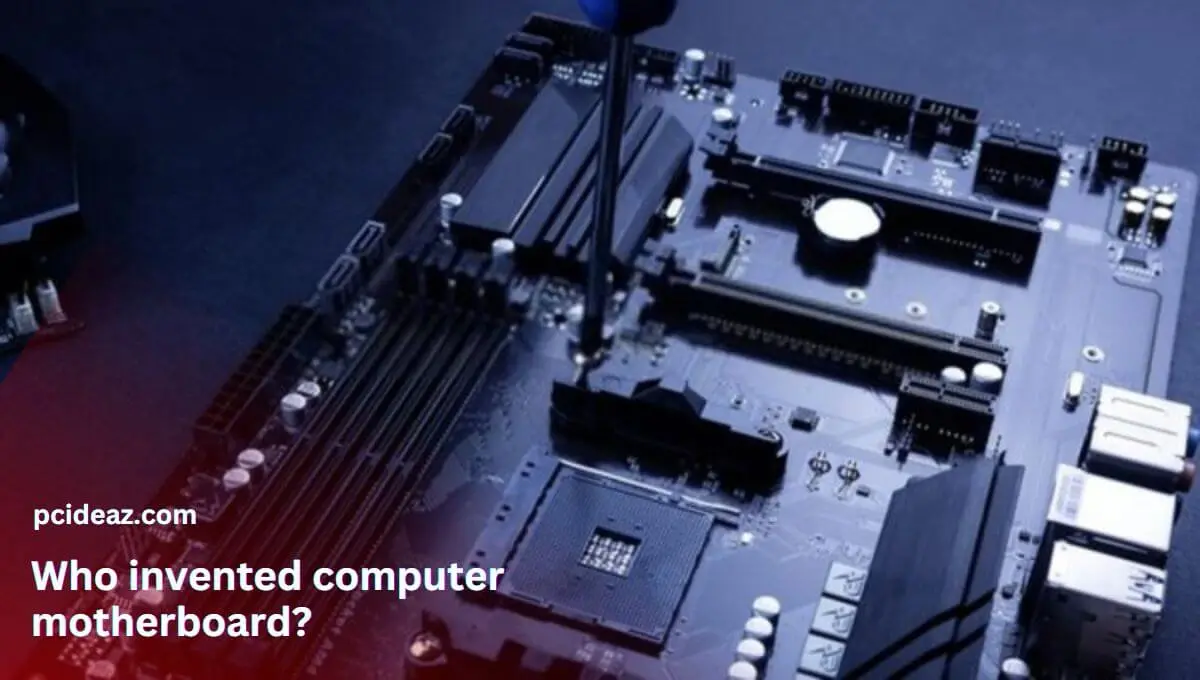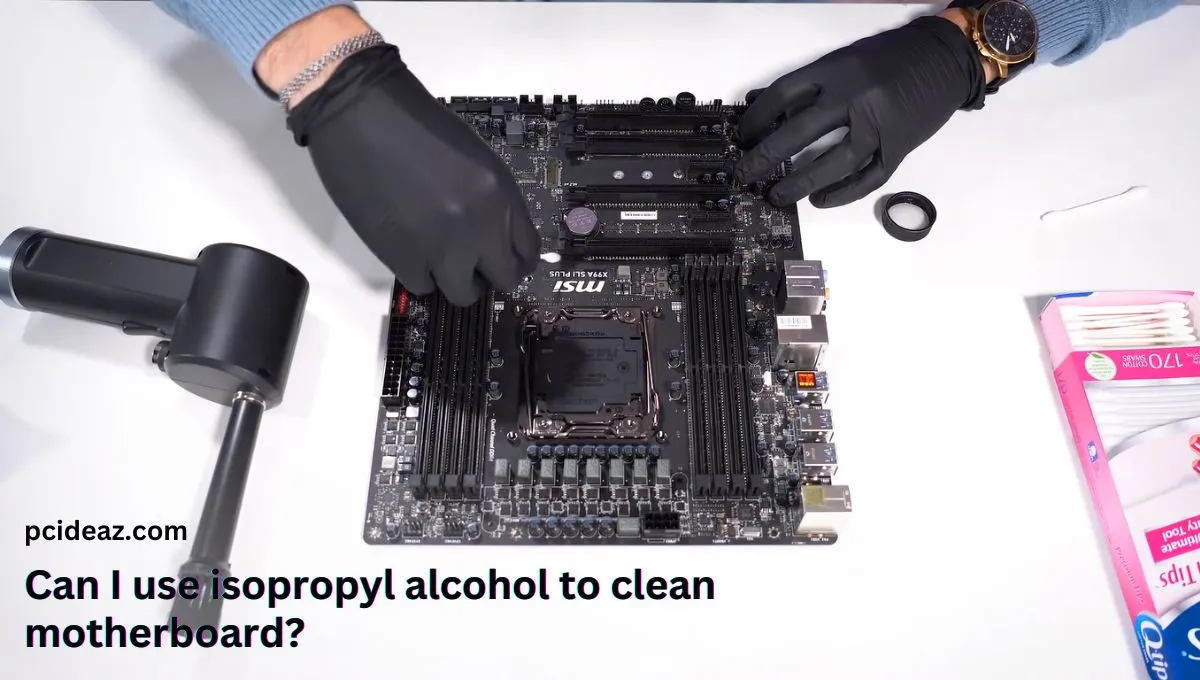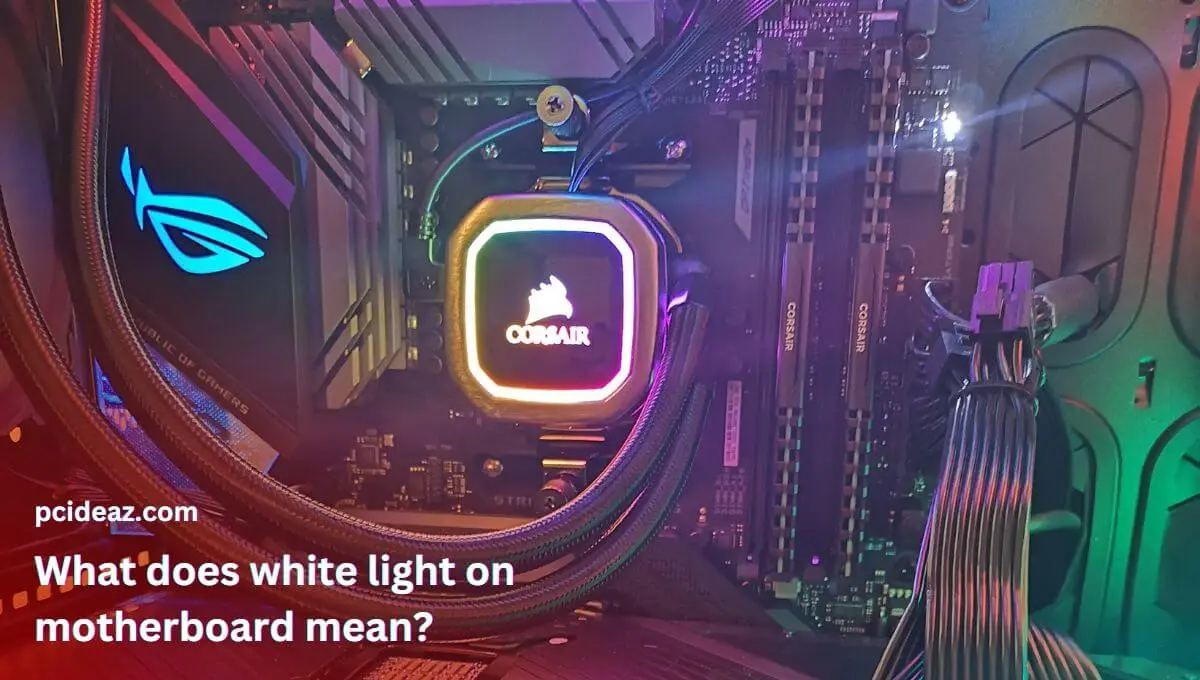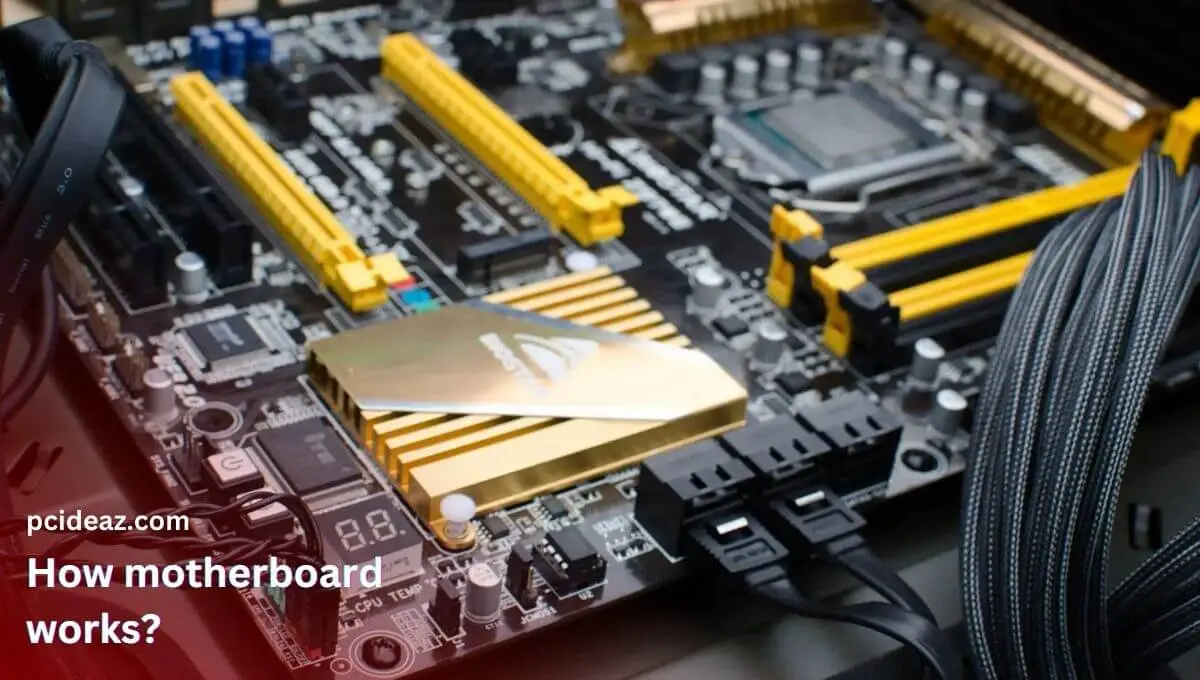The first motherboard was developed by IBM engineer Patty McHugh in 1981. The motherboard was called a “Planar Breadboard” and consisted of oddly arranged chips, including RAM and CPU with supplier components and cassette/keyboard tapes. This was used in IBM’s first personal computer, and its design and layout paved the way for the development of modern motherboards.
While several individuals can lay claim to the creation of the motherboard, Patty McHugh was the mind behind this creation. Her innovation allowed engineers to design and test new computer circuits, leading to the development of more advanced computers. IBM also created the first floppy disk in 1967, which could hold up to 160 kilobytes of data.
Moreover, it allowed for the integration of various computer components, enabling the development of more powerful and capable computers. Today, motherboards come in different shapes and sizes, and their designs and layouts have undergone significant changes, leading to faster and more efficient computers. However, the basic motherboard’s concept, communication, is the same.
Key Takeaways
- The first motherboard, called a “Planar Breadboard,” was created by IBM engineer Patty McHugh in 1981 and was used in IBM’s first personal computer.
- This paved the way for the development of modern motherboards, which have evolved to keep up with advancing technology and changing customer needs.
- It has been evolving into a better version due to the need for higher processing power and adding more components to the motherboard.
Factors Driving the Evolution of Computer Motherboards
There are two primary reasons that have driven the evolution of the motherboard since the invention of the first computer motherboard in 1981. Those include as follows:
- Processing power: The first reason is the increase in processing power, which has necessitated the upgrading of motherboards to provide sustainable performance. With faster processors and more sophisticated operating systems, motherboards have had to evolve to keep up with the demand for higher processing power. This has resulted in motherboards becoming more complex and larger to accommodate more components.
- Need for more components: The second reason is the need to add more components to the motherboard to keep up with customer needs. These components include powerful GPUs, ultra-fast RAM, advanced cooling solutions, and SATA ports for storage drives. The addition of these features has made the information network within the motherboard more complex, with each component critical for the system’s proper functioning as a whole.
In conclusion, the evolution of the motherboard has been driven by the need to keep up with advancing technology and changing customer needs. As a result, motherboards have become more complex and larger to accommodate more components, and their designs and layouts have undergone significant changes to provide sustainable performance.
How is a motherboard made?
Layers of fiberglass with copper conducting channels make up a motherboard. It has the vital communication pathways needed for the rest of your computer to operate. Drilling is done to make mounting holes and through holes for soldering and attaching components. You’re about to discover all there is to know about this challenging process.
Copper-clad laminates
The copper-clad laminate is a fiberglass insulation sheet with copper foil on both sides. The copper track pattern on each side of the insulating fiberglass board will connect the circuit’s components. Because of their layered architecture, there are more than two copper layers to cover on motherboards.
Building a stack and drilling holes
It is customary to stack boards together to drill many holes at once. For a six-layer board, double-sided cores are utilized. Prepreg sheets are added to the top and bottom of the stack. Drilling may be time-consuming even when using a high-speed, numerically controlled drilling machine.
Copper tin plating and routing
Tin is electroplated onto the board rather than copper because it is more corrosion-resistant and can be soldered more efficiently than copper. An automated process is then utilized to probe both sides of the board using a “bed-of-nails” tester.
Attachment and packing surfaces
Before they are marked as being prepared for packing, every component on a new motherboard must undergo a battery of tests. A PCB has SMCs printed on the top surface, then soldered to the board. The board is heated to 200C in a reflux oven before being soldered there.
Conclusion
The first motherboard, called a “Planar Breadboard,” was created by IBM engineer Patty McHugh in 1981 and was used in IBM’s first personal computer. This paved the way for the development of modern motherboards, which have evolved to keep up with advancing technology and changing customer needs.
The two primary reasons driving the evolution of motherboards are the need for higher processing power and the need to add more components to the motherboard. As a result, motherboards have become more complex and larger to accommodate more components.







